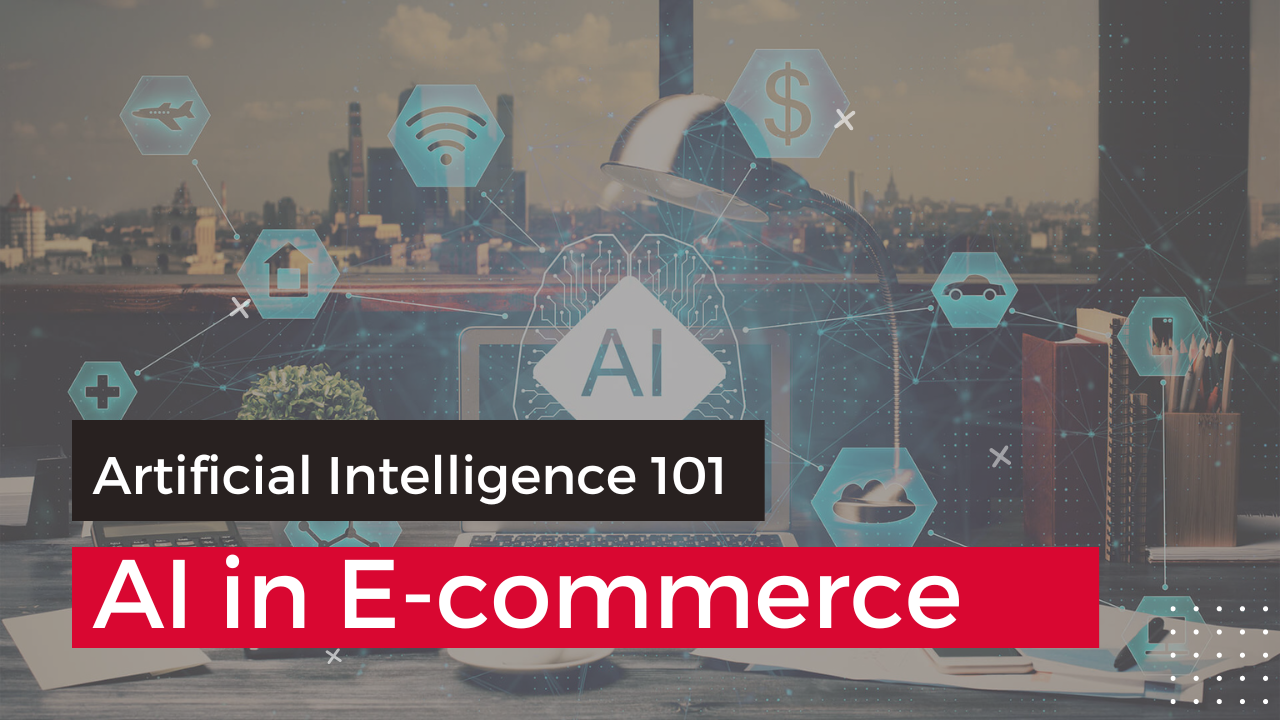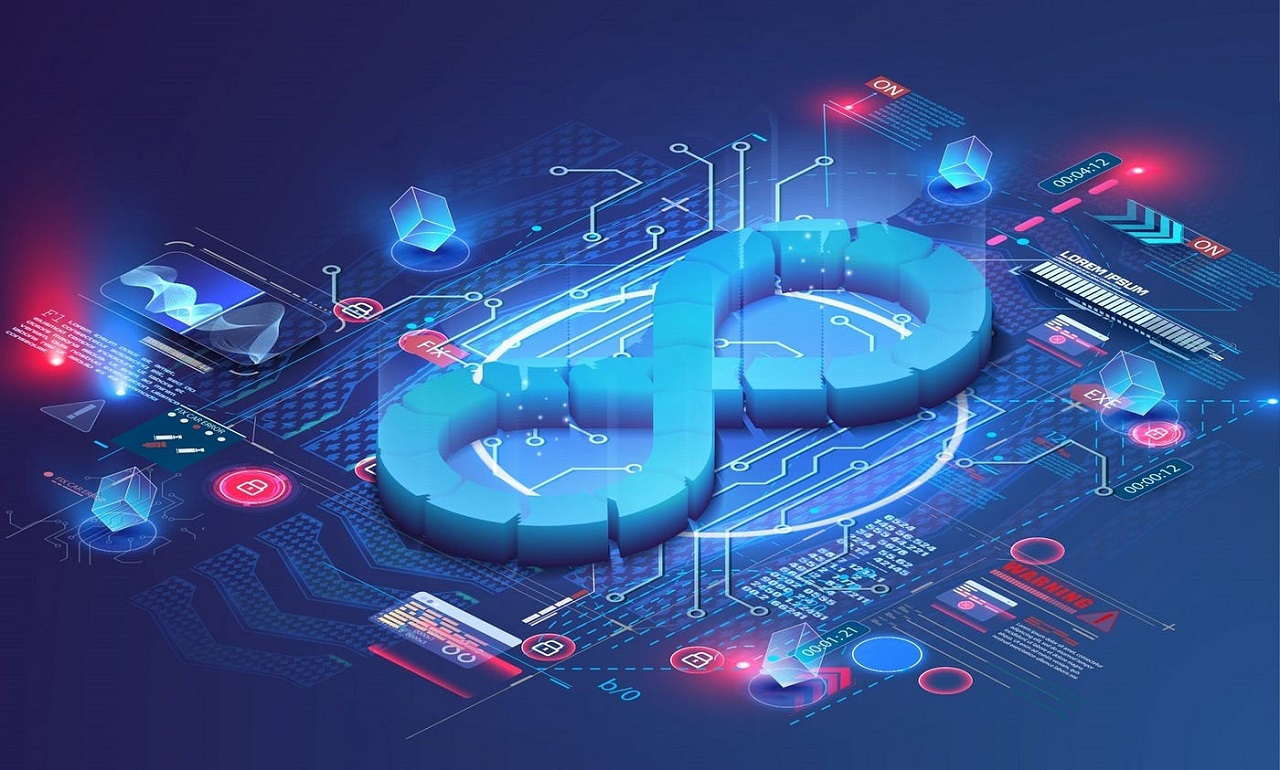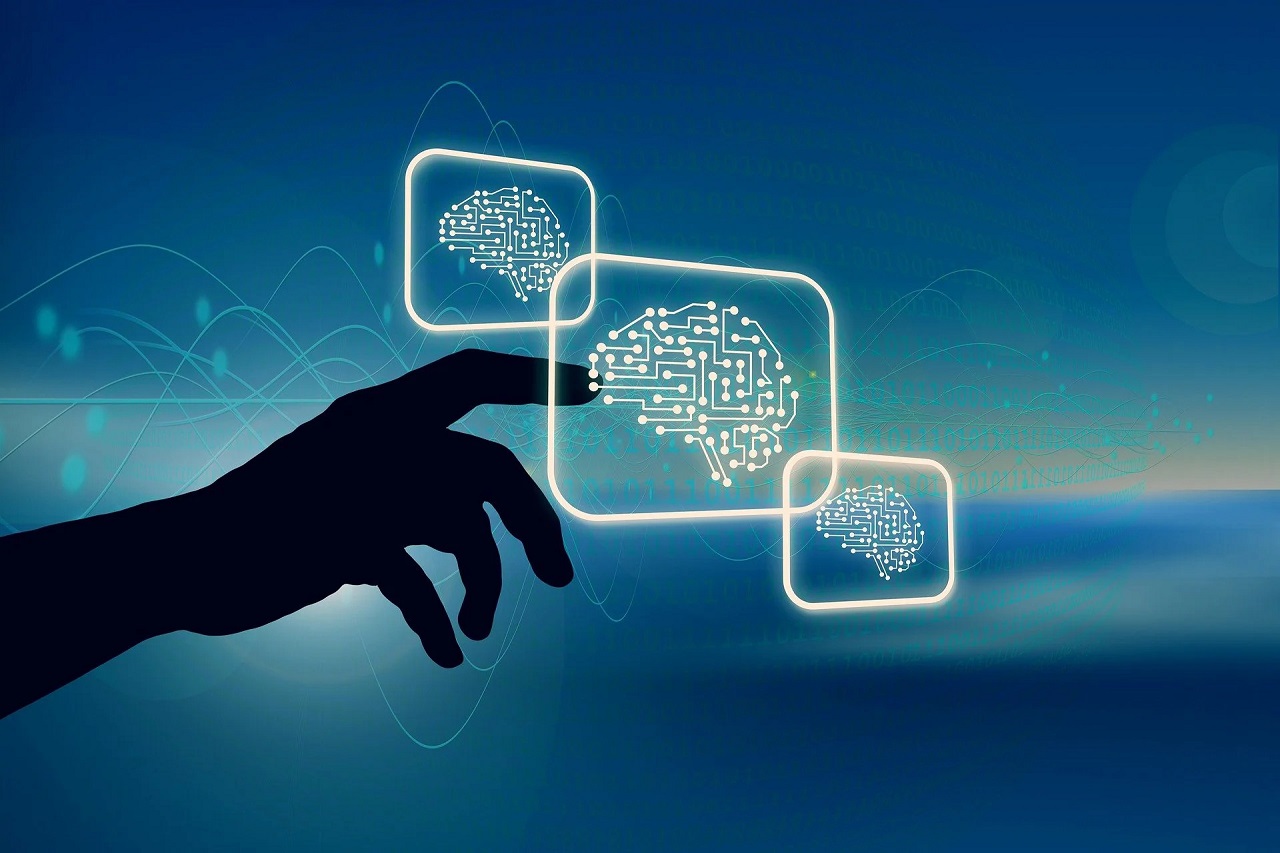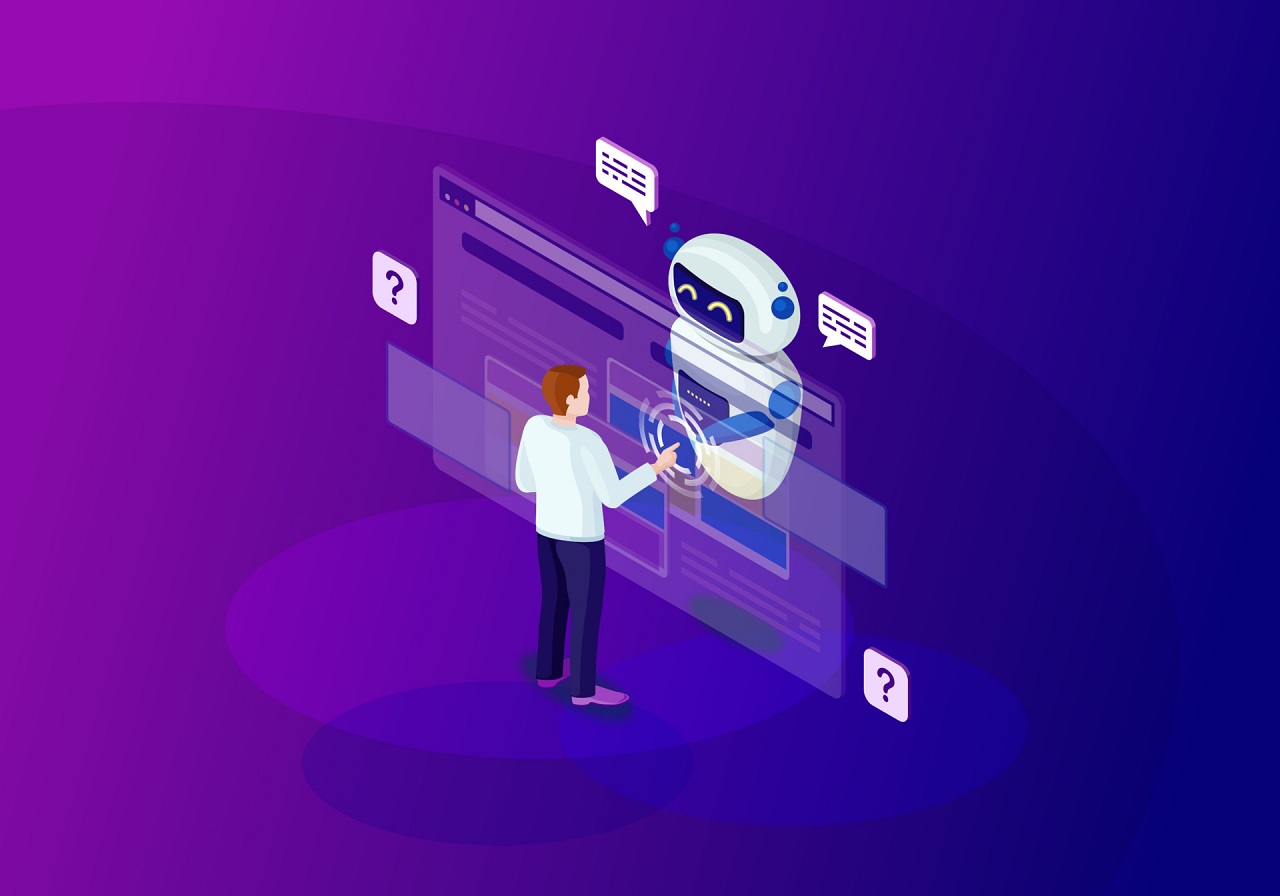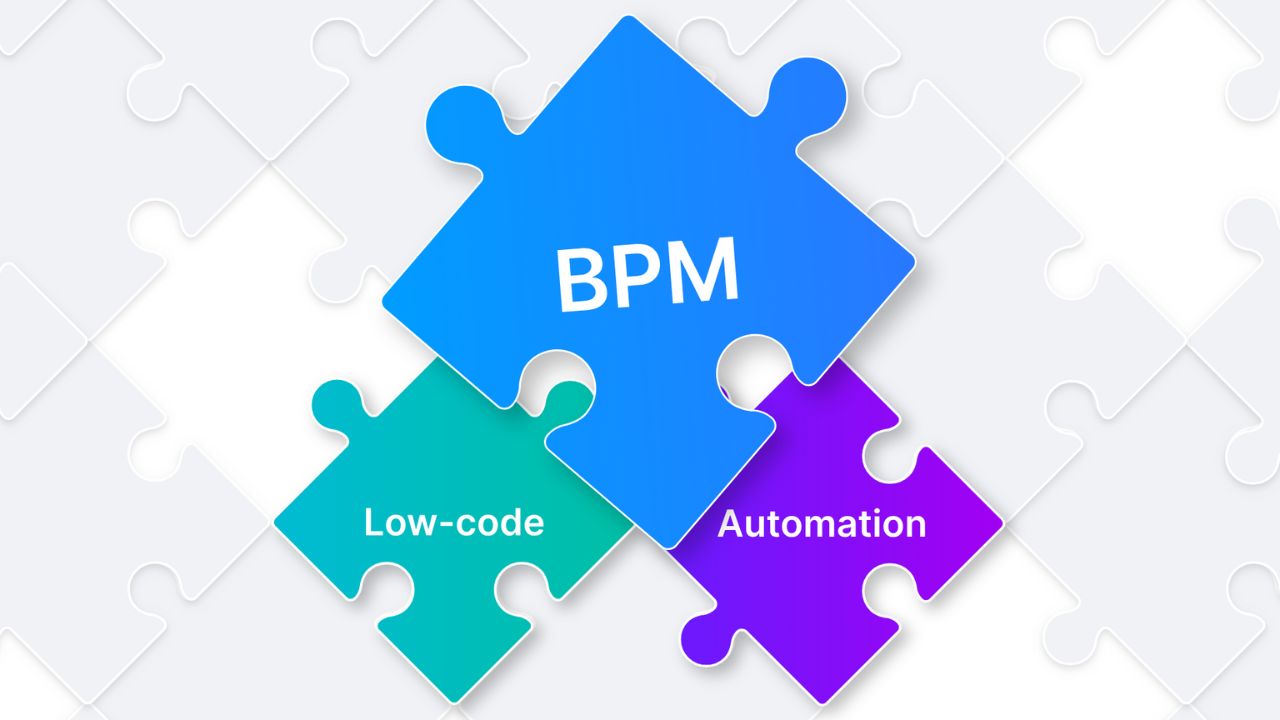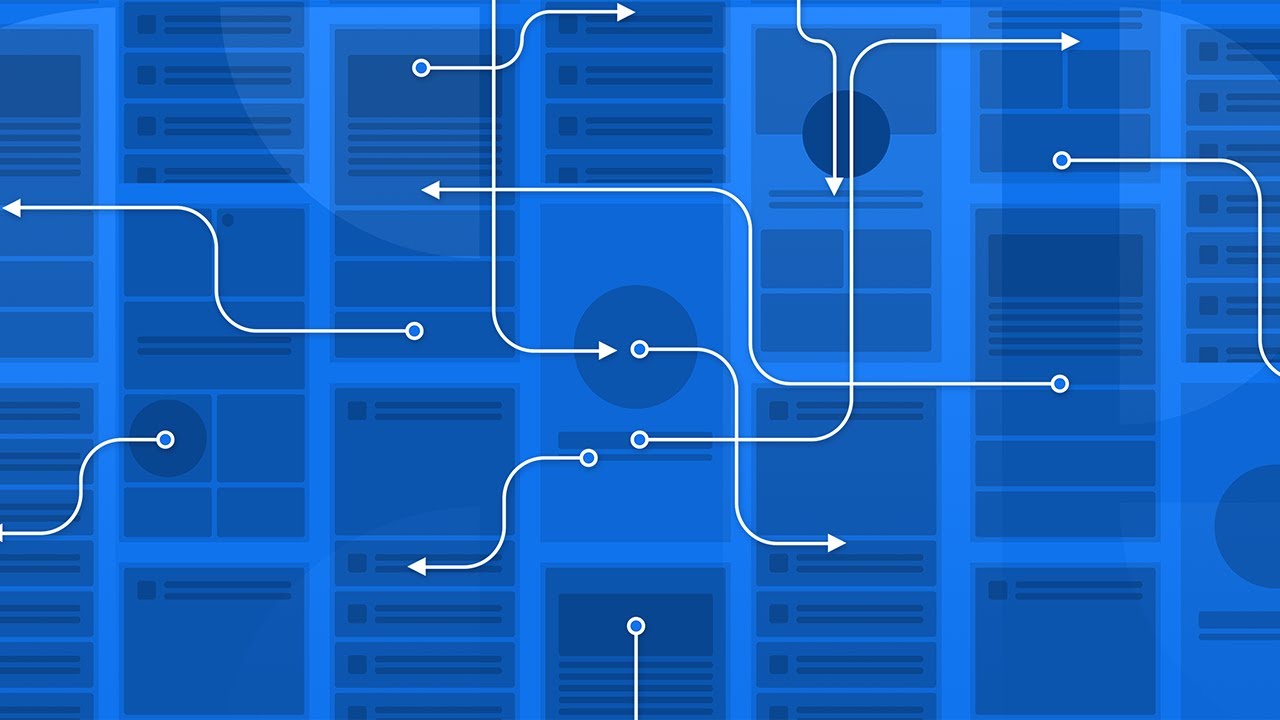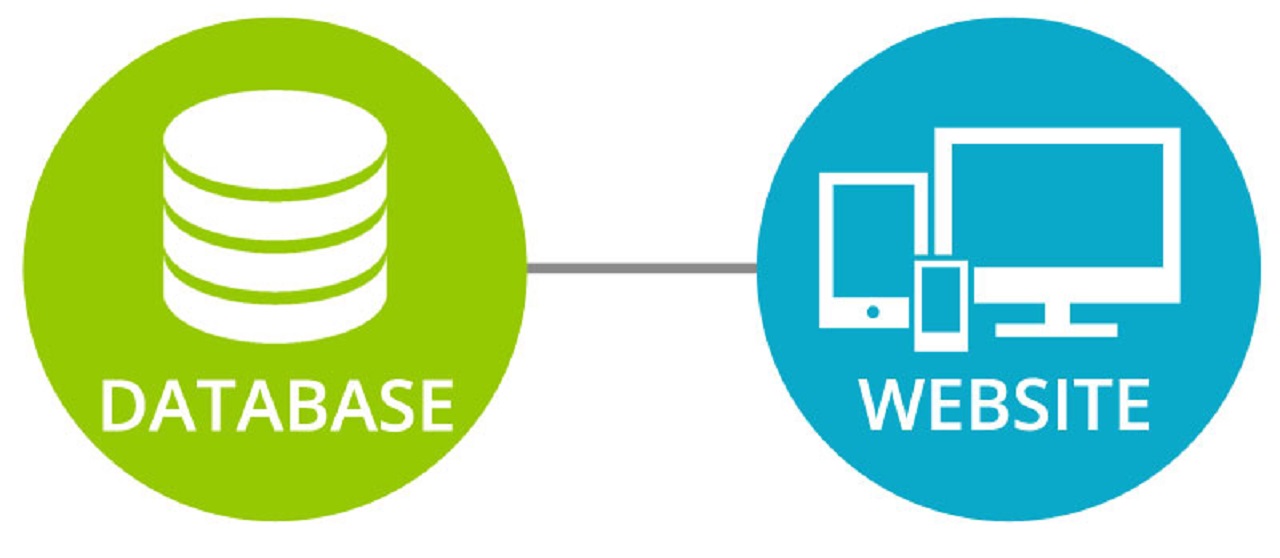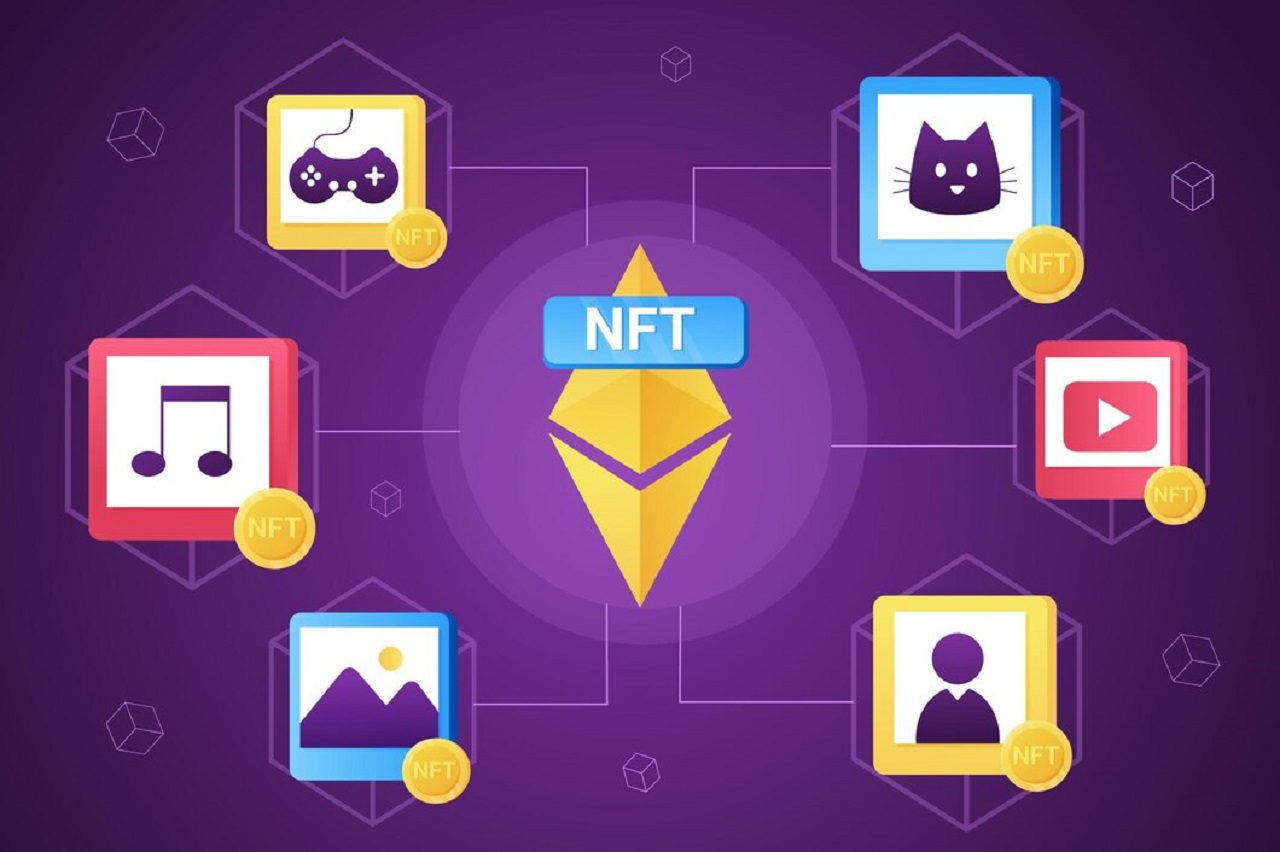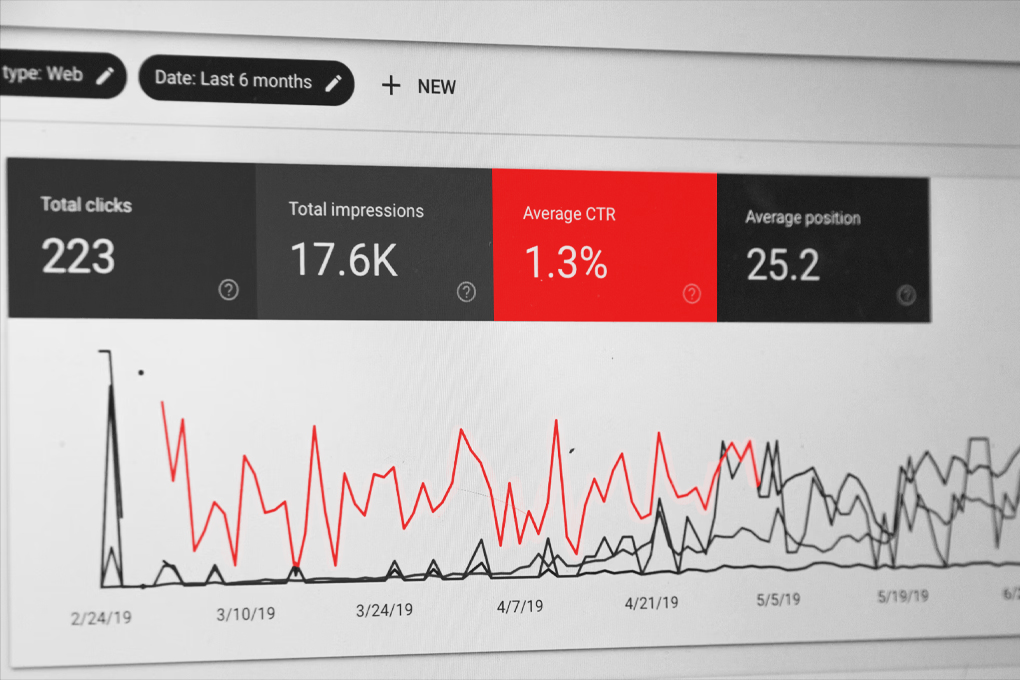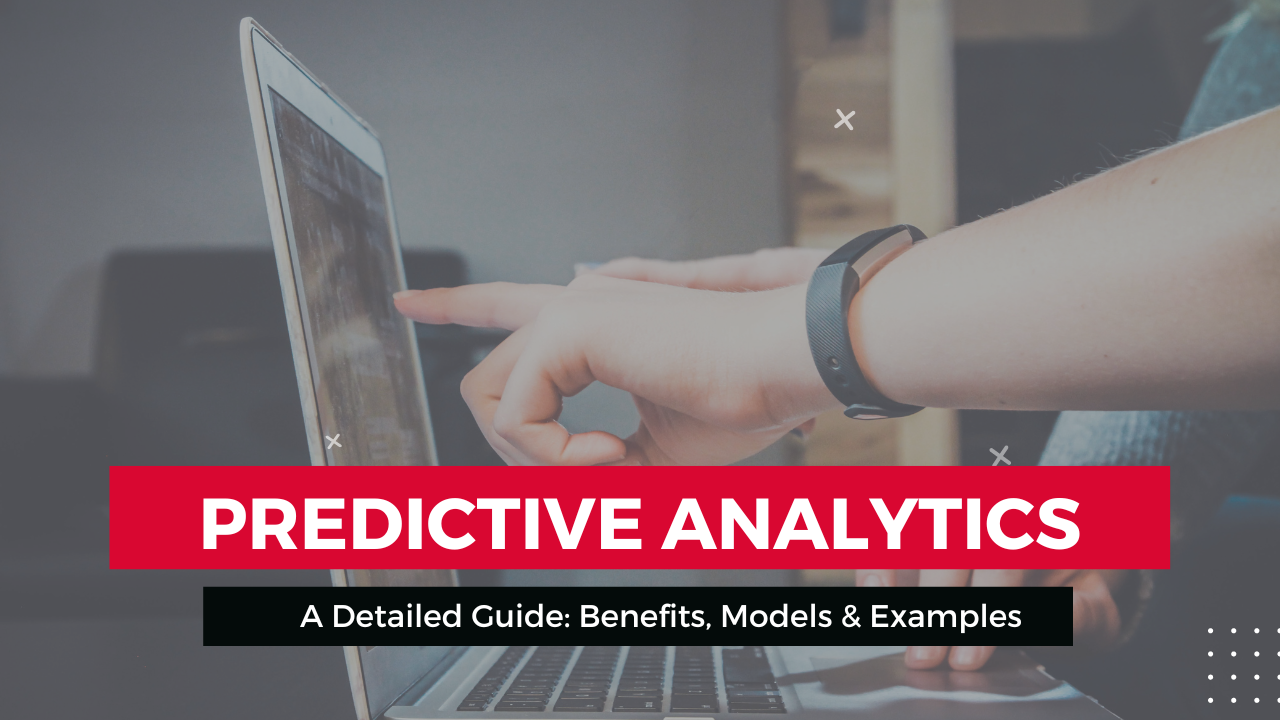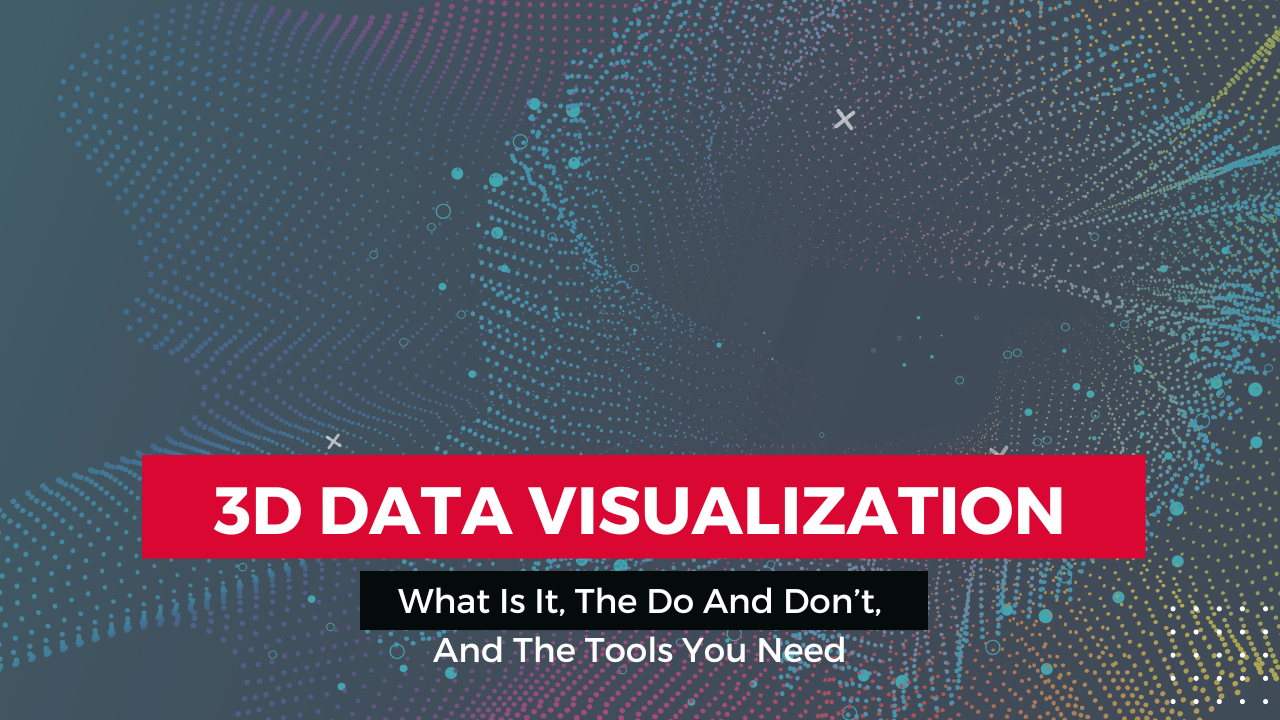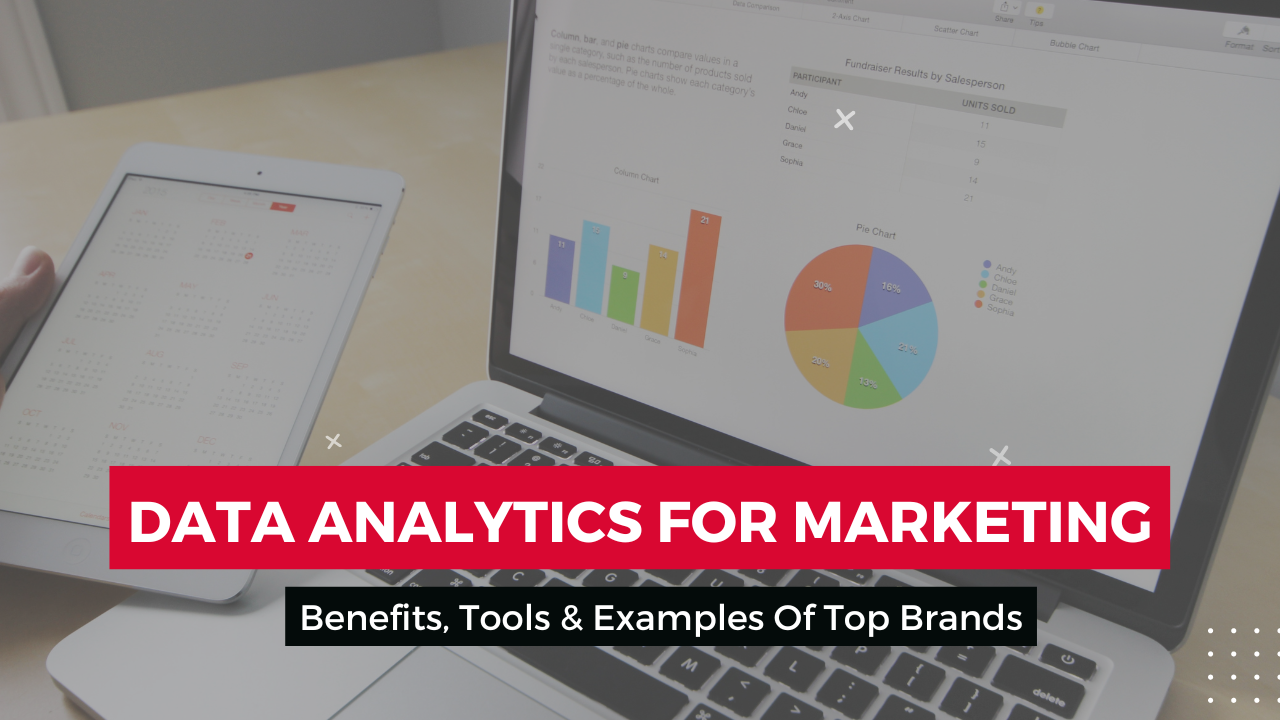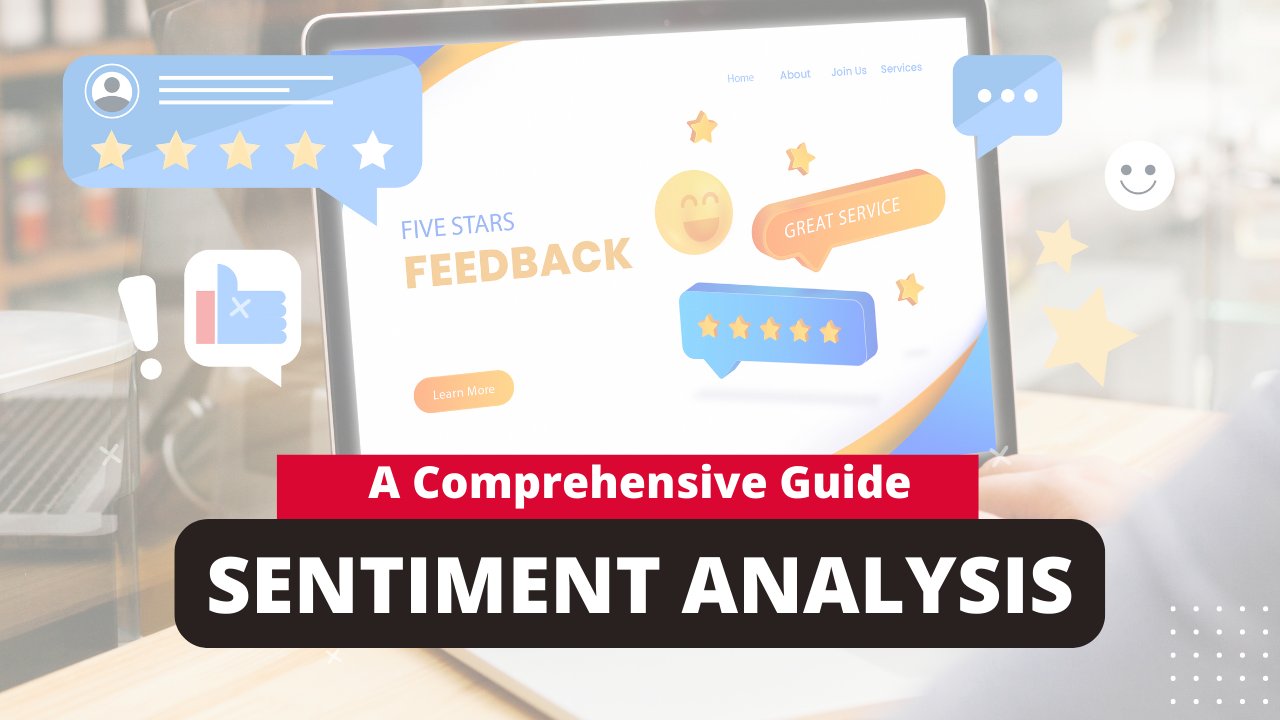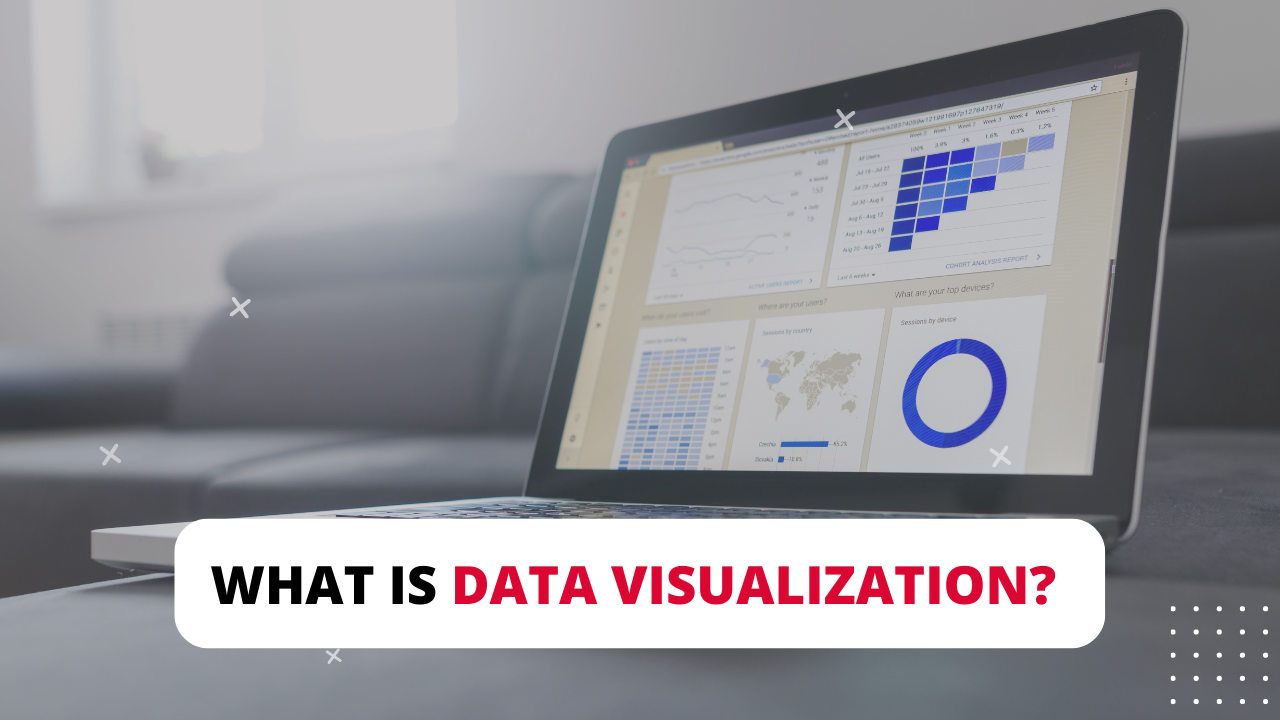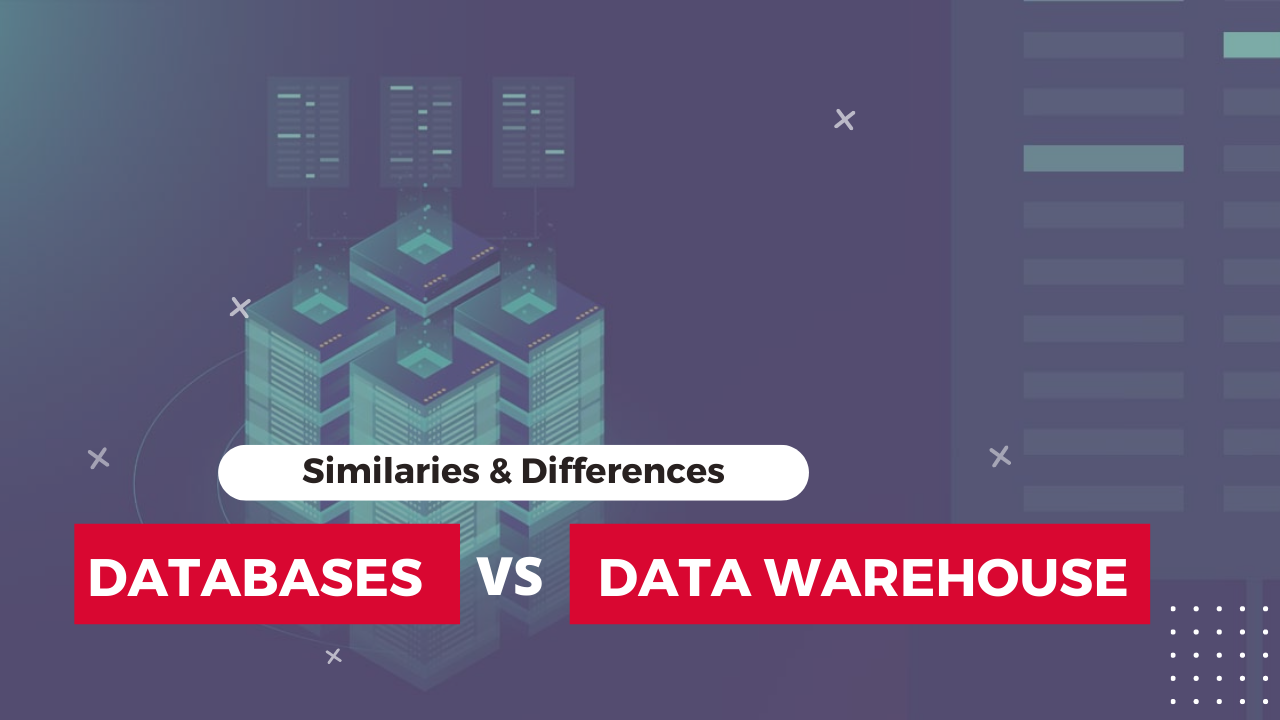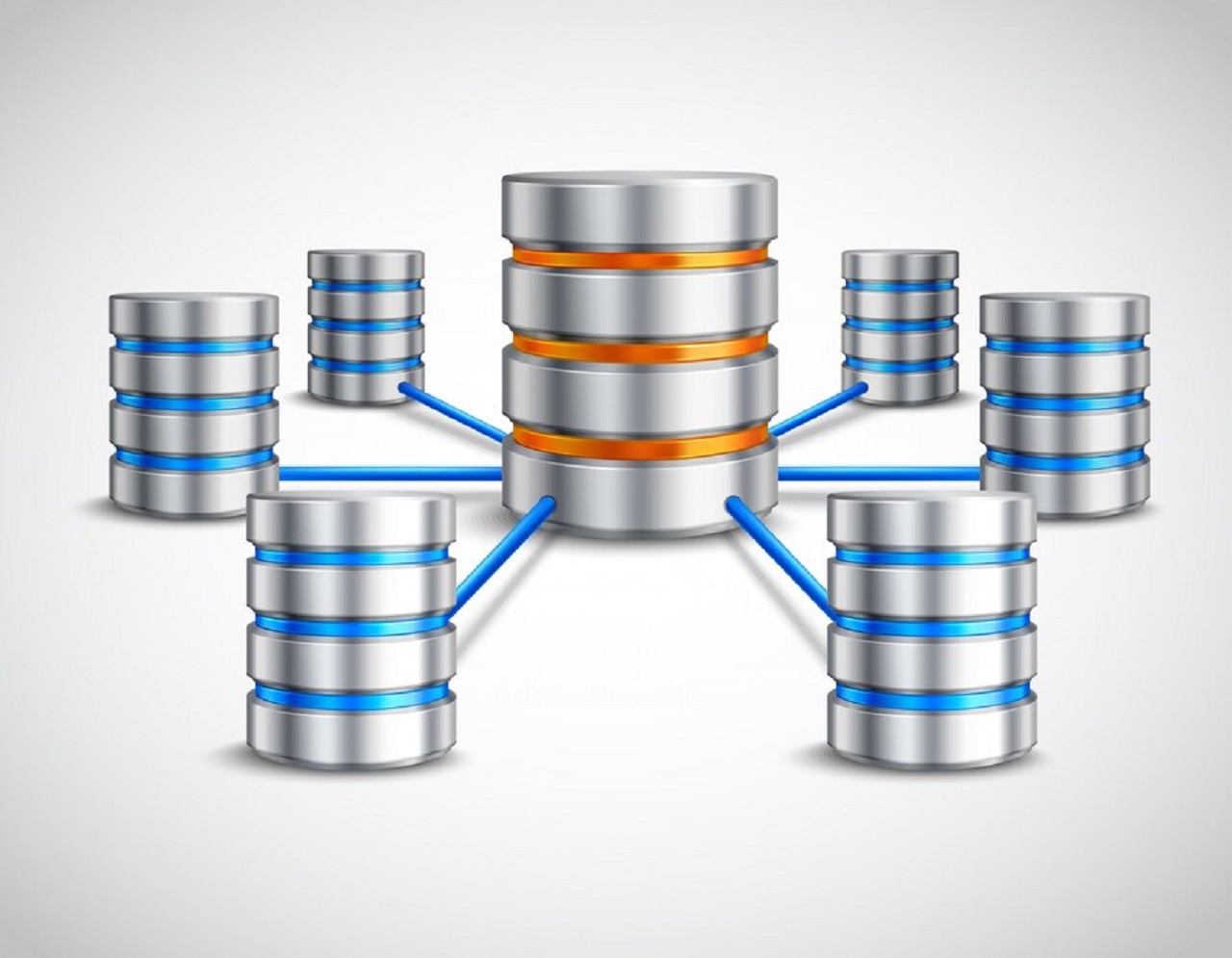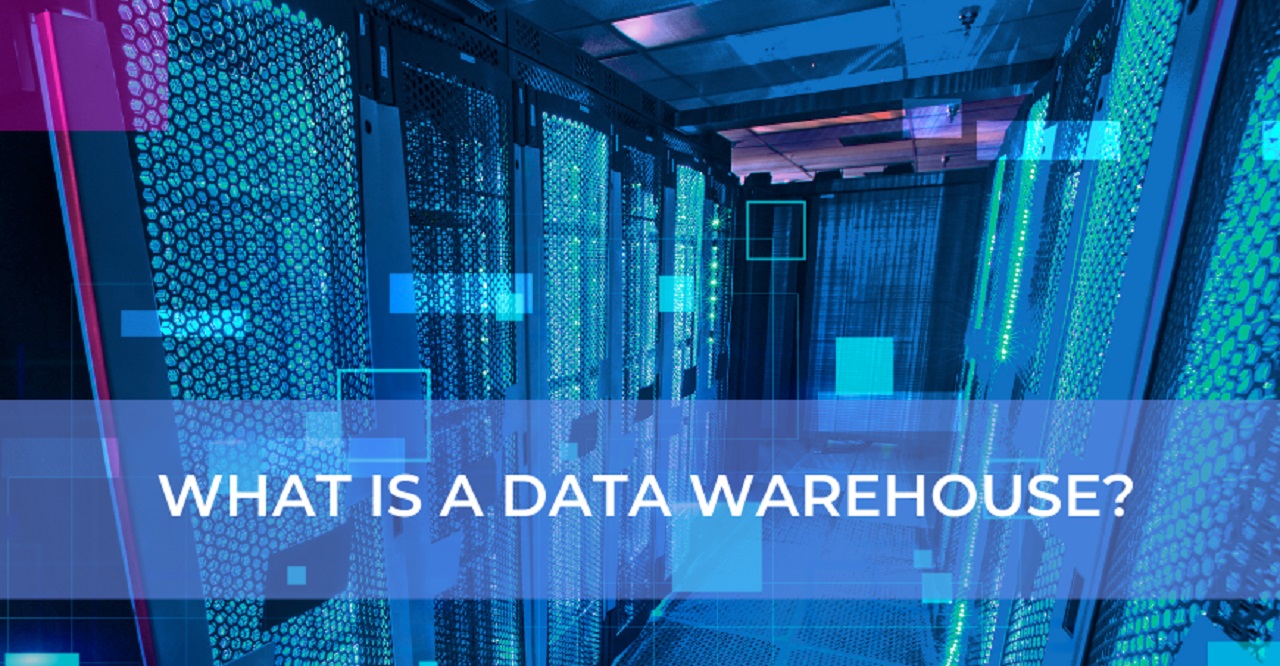A survey by Statista showed that 70% of decision-makers in the e-commerce world assumed that Artificial Intelligence (AI) would enhance their business by offering personalization in the future. And over 51% believed that AI could drive business growth significantly.
Things have changed a lot since people are dubious about e-commerce being a thriving business model. The world is currently a giant global village, and millions of shoppers are now making purchases and transactions online.
E-commerce has witnessed enormous growth over recent years, thanks to technological renovations and other factors like globalization. When technology evolves, so do enterprises. And it is not surprising when we see artificial intelligence (AI) present in the e-commerce sector.
This article will give you an overview of Artificial Intelligence (definition, pros, cons, types, history, examples) and Artificial Intelligence applications in e-commerce.
- What Is Artificial Intelligence?
- The Importance of Artificial Intelligence
- The History of Artificial Intelligence
- Advantages And Disadvantages of Artificial Intelligence
- Artificial Intelligence vs Machine Learning
- Four Types of Artificial Intelligence
- Applications of Artificial Intelligence
- Artificial Intelligence Examples
- 7 Brilliant Ways of Using AI in eCommerce
- Conclusion
What Is Artificial Intelligence?
Artificial Intelligence (AI) is a leading-edge technology that lets businesses create a software product with decision-making and learning capabilities, boosting a company’s overall effectiveness and profitability.
Three primary components of Artificial Intelligence are data mining, machine learning, and natural language processing. The process of performing Ai begins with data accumulation, followed by knowing human-computer understanding behavior and the growth of algorithms to address business problems while considering past experiences.
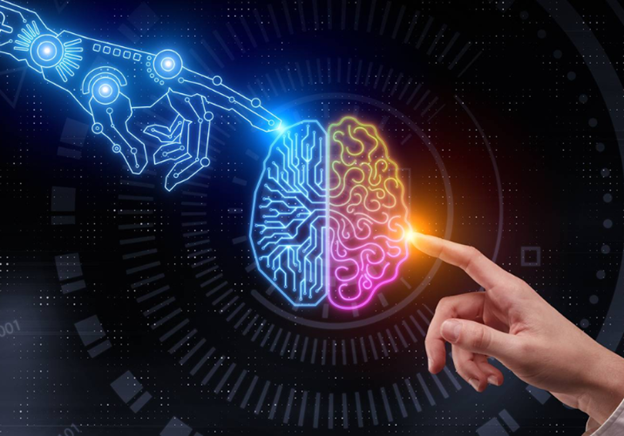
Particularly for eCommerce enterprises, artificial intelligence is an excellent tool that allows businesses to seek potential customers, interact with them via chatbots, streamline sales, build customer-oriented online searches, and do many other things efficiently.
The Importance of Artificial Intelligence
Ecommerce websites are constantly changing and evolving – new products are added, product descriptions vary, and prices fluctuate, which makes it difficult for businesses to keep up with all these changes manually. However, with the help of AI solutions, eCommerce enterprises are stepping up the game and growing their business sustainably.

Leading e-commerce giants such as Sephora, Amazon, eBay, and IKEA have already utilized AI and machine learning to streamline their operations. Your business can leverage it to its greatest extent too. Here is how:
- More effective inventory and warehouse management
- Enhanced search capabilities
- Personalized recommendations
- Improve customer service
- Advanced sales processes
- Target potential customers
- Set dynamic pricing
- Personalized emails
The History of Artificial Intelligence
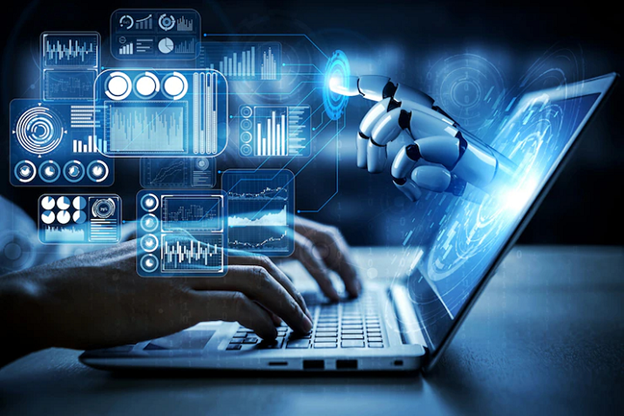
- 1950: Alan Turing published “Computing Machinery and Intelligence.”
- 1956: John McCarthy introduced the term Artificial Intelligence at Dartmouth College’s conference.
- 1967: Frank Rosenblatt built the Mark 1 Perceptron, the first computer with a trial-and-error learning network.
- 1980: Neutral networks used algorithms for self-training. It was then widely applied in AI.
- 2015: Baidu’s Minwa supercomputer applied a particular neural network to detect and categorize images with a high accuracy rate.
- 2016: DeepMind’s AlphaGo program, run by a deep neural network, won the world champion Go player Lee Sodol. Google purchased DeepMind for $400 million.
Advantages And Disadvantages of Artificial Intelligence
Advantages of Artificial Intelligence
Real-time analytics
One significant benefit of using AI technology is real-time analytics, which means you can monitor visitor activity on your site in real-time, rather than waiting until the end of the day or week when you usually review analytics reports. You will have more insight into how users interact with your website so you can improve their experience and increase sales conversions.
For instance, when there’s a sudden rush of traffic on your website, AI can help determine what customers are looking for and suggest relevant products accordingly. This way, you are optimizing your website’s performance and maximizing sales and leads at all times.
Automation
Automating repetitive tasks is one of the most obvious ways that AI can improve your business – and there are plenty of ways for bot technology to do this. For example, chatbots can interact with customers on social media platforms, answering their questions and helping them find what they need efficiently.
AI can also automate tasks such as product recommendations or product search queries. Some eCommerce platforms use AI to automatically add products to shopping carts or suggest related products based on what customers have viewed previously. These are examples of how AI can empower your business with automation. It saves time and frees up resources for other projects, which ultimately means increased efficiency and productivity.

Improving customer experience through a customer-centric and personalized approach
The internet has made it easy for customers to find what they need, but it also poses a challenge for businesses to stand out from the crowd. With so much information available at their fingertips, shoppers can easily compare prices and shop around until they find the best deal. An AI-powered system can help you get one step ahead by providing an enhanced shopping experience tailored specifically to each customer’s needs based on their previous purchases or browsing history.
AI will collect and analyze the data from customers’ past behaviors and preferences. These analyses will help you understand what items they’re likely to buy next and how much they will spend on each item. Therefore, you can create personalized product pages for each visitor, increasing conversions and sales by improving the customer experience.
Besides, through past patterns, AI can identify areas where users face difficulty or struggle with certain features of an e-commerce platform or app. It then provides them personalized support, so they don’t need to call customer service whenever they get into trouble during their buying journey.
Minimalizing costs
As more businesses use AI software, fewer human resources will be needed to keep things running smoothly, which lowers operating costs and time spent training employees in new technologies and processes.
AI doesn’t require human interaction, so you can eliminate expensive call center agents or chatbots who only answer simple questions. Instead, you can use AI to automate repetitive tasks while still providing high-quality service to customers without sacrificing personalization.
Additionally, AI can quickly analyze large amounts of data, reducing manual processes like data entry or product listing creation. You’ll also have access to more data than ever before because machines can process it faster.
Keeping an eye on fraud detection and prevention
AI software can provide additional security precautions to prevent a data breach. By analyzing large amounts of data such as purchase histories and social media activity, AI can identify suspicious activity such as fraud or inappropriate content before it becomes an issue for your business. This application of AI will help prevent losses due to chargebacks or returns if identified sooner.
With the information provided by AI, you can react fast if something goes wrong, such as tracking customer abandonment rates or identifying potential fraudsters before they can do any damage. For example, AI can detect if a customer tries to make multiple payments on one card or uses a stolen credit card number to pay for their order. Dealing with this situation, you may block certain types of transactions before they occur.
Disadvantages of Artificial Intelligence
AI is a powerful tool for eCommerce businesses with many benefits offered. However, there are also some disadvantages of using AI in eCommerce that enterprises need to consider.
High cost
Cost is one of the critical considerations in procuring AI technologies. Many companies don’t have the funds to invest in the latest technologies and AI software tools, making AI costly to purchase and implement. Smaller businesses that lack in-house skills or are unfamiliar with AI often have to outsource, which is where cost and maintenance challenges come in.
Not to mention, AI-based programs need regular upgrading to adapt to the changing business environment and, in case of breakdown, present a risk of losing code or critical data. Restoring the lost data is often time-consuming and costly.
The lack of creativity
Another downside of using AI for pricing and inventory management is that it lacks creativity compared with human decision-makers. On the other hand, employees can look at trends, market conditions, seasonality, and other factors when deciding what products should be priced low or high at any given time.
Furthermore, AI algorithms are based on existing data, so they struggle with creativity. If you want something truly unique, there’s no way an AI program can create it for you. For example, if you need help with graphic design or copywriting, which involves human emotions and behaviors, then AI programs cannot replace real experts in these areas.

Technological complexity
The complex technology of AI adoption may not be accessible for small businesses to implement or maintain properly. There are many different types of machine learning algorithms from which to choose. Each has its strengths and weaknesses depending on the business problem being solved.
Training your staff to use AI comfortably in your business can also be challenging. Many people get intimidated by the idea of artificial intelligence because it seems complicated and difficult to understand. There is always a tangible resistance to new things and incredibly complex technology.
Cybersecurity: AI Programs may have loopholes
Cybersecurity is still an issue with AI as there is not much security implemented into chatbots yet, so it isn’t safe for sensitive conversations like payments or account details. This means that when someone hacks into a chatbot system, they have access to sensitive information such as names, addresses, and phone numbers of all customers who use that particular chatbot service.
After all, companies can use AI to create highly complex systems, which makes them more vulnerable to hackers. Using AI in eCommerce platforms exposes them to cyberattacks, leading to colossal company losses.
Dependency
Businesses risk becoming dependent on AI software when they shouldn’t be relying on it so heavily in the first place. If your company relies too much on AI, you might end up with an inflexible system that cannot adapt to changing circumstances. When there is a glitch in the system, which is inevitable, your business could suffer greatly. You need to be aware of this and ensure that your company has backup plans to continue operating well even if something goes wrong with your AI system.
Artificial Intelligence vs Machine Learning
Definition
- Artificial Intelligence (AI): It’s the ability of computers to apply math and logic to think like a human and perform tasks.
- Machine Learning (ML): It’s a subset of AI. It focuses on developing the learning ability of computers.
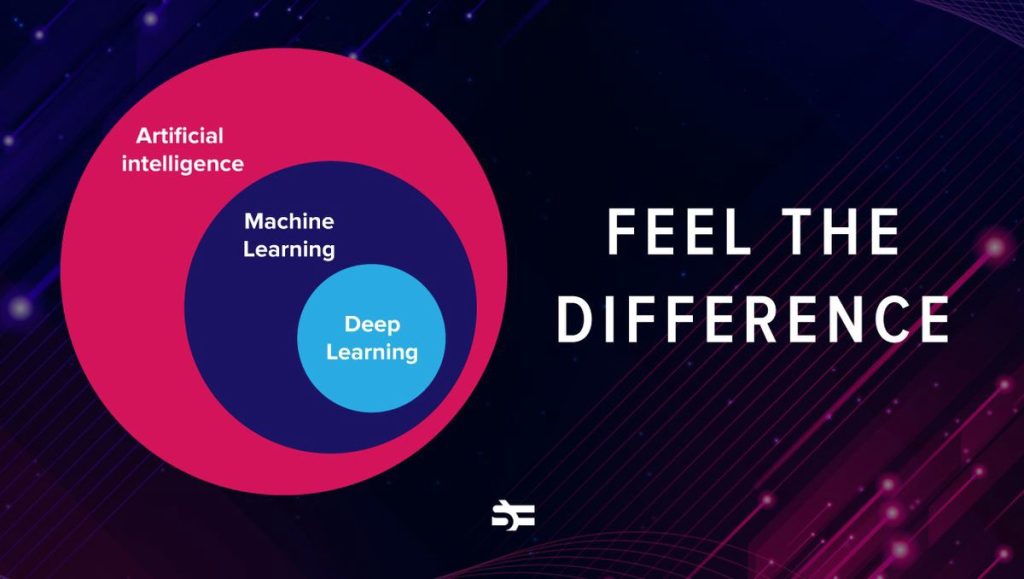
How AI and ML work together
- Step 1: Build an AI system
- Step 2: Create ML models
- Step 3: Optimize ML models based on the data patterns
- Step 4: Repeat the process until the model meets the accuracy standards to perform the task.
AI and ML capabilities
- Predictive analytics
- Sentiment analysis
- Recommendation engines
- Speech recognition
- Image and video processing
Four Types of Artificial Intelligence
Generally, you may have heard of two types of AI: Weak AI (Narrow AI -ANI with the aim for a specific task) and Strong AI (Artificial General Intelligence – AGI and Artificial Super Intelligence – ASI with the self-awareness to learn and solve problems. However, to further distinguish AI, there are four AI types:

- Reactive Machines: This AI type does not have a memory and is designed to perform a specific task. For example, the chess program called “Deep Blue” by IBM.
- Limited Memory: This AI system has memory, and it can use the experience to make future decisions. For example, self-driving cars apply this system for the decision-making function.
- Theory of Mind: This AI system can understand emotions using social intelligence. It detects human emotions and intents, then predicts behavior.
- Self-Awareness: This AI has self-aware consciousness. This type is only theoretical, although researchers are still exploring and developing it.
Applications of Artificial Intelligence

- Retail and e-commerce: Artificial Intelligence is applied for optimizing inventories, recommendation engines, and image search.
- Banking and finance: Artificial Intelligence is used in fraud detection and risk predicting.
- Healthcare: Artificial Intelligence is applied to improve cancer detection through image processing.
- Sales and marketing: Artificial Intelligence assists in creating personalized offers, optimizing campaigns, and forecasting sales.
- Manufacturing: Artificial Intelligence helps with predictive maintenance and improves efficiency.
- Customer service: Artificial Intelligence is applied in chatbots to provide customers with quick answers and virtual assistance.
- Cybersecurity: Artificial Intelligence helps to detect anomalies and protect companies.
Artificial Intelligence Examples
Artificial intelligence (AI) is changing how we live and do business. AI is used to power intelligent personal assistants like Siri, Cortana, and Alexa. It covers many different technologies, including machine learning and deep learning. Here are some examples of Artificial Intelligence used for leveraging businesses.
Data Lake
A data lake is a centralized repository capable of storing organized and unstructured data at any scale. Companies are not required to supply a structure to the data before saving it, but they can still perform various analytics and ML-related processes. However, it takes longer to improve the raw data before analyzing or creating ML models for predictions.
eCommerce organizations can use data lakes to collect competition data such as popular items, categories, landing pages, and adverts. Analyzing competition data assists retailers in accurately pricing their items, product matching, historical trend analysis, and much more.
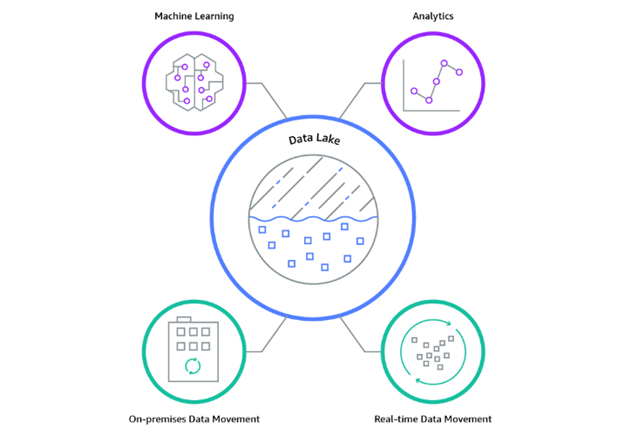
On the other hand, data lakes can store customer information such as who they are, what they buy, how much money they spend, and how they engage with a company. Successful retailers use competitive and consumer data to better understand their customers, which companies to offer, how to value each product, and which sectors to expand or contract. Identity data such as a person’s name, contact info, gender, email address, and social media outlets are also stored by retailers. Website visits, purchase habits, email opens, usage patterns, and behavioral information are also stored.
The main disadvantage of a data lake design is that it maintains basic information with no control over its contents. Info can’t be found or trusted without aspects such as a transparent process to classify and safeguard data, resulting in a “data swamp.” As a result, businesses require teams of data engineers to clean data before data scientists or analysts can provide insights. This mainly increases the time it takes to obtain meaningful information, but it also increases operational expenditures.
Data Warehouse
Data is one edge online stores and advertisers have over physical retail businesses. eCommerce businesses may gather data and measure practically every facet of their interactions when shoppers come through the internet. That advantage, however, is meaningless only if there is a mechanism in place to make sense of all the data they acquire.
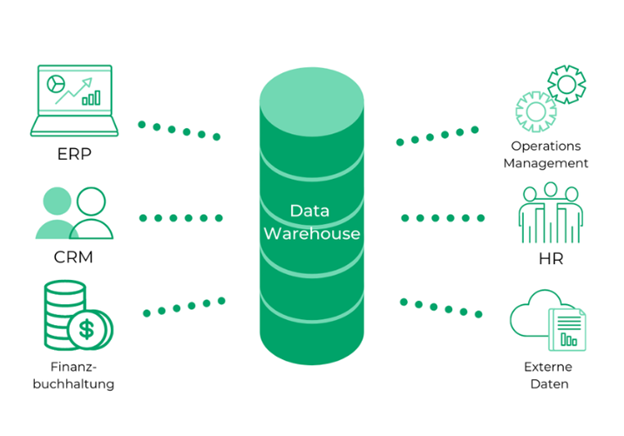
Businesses think that they have a sound system set up. They do, however, have a network of silos. In such a system, data is locked into specific platforms such as Google Analytics and Shopify and cannot be moved to provide indispensable insights. Funneling all of your data into a single spot for your eCommerce stores is best. Data warehouses consolidate and combine a large amount of data from numerous sources, allowing firms to get proper business insights to improve decision-making.
Data warehouses facilitate and support business intelligence (BI) activities such as running queries and analyses on massive amounts of data in real-time. Data could include consumer information, product or pricing information, or competition information.
Programming languages
Because computers “think” in binary—strings of 1s and 0s—programming languages are instruments used chiefly by developers to write instructions for computers to follow. It acts as a bridge, allowing humans to interpret instructions into computer-readable language. Python and R are popular and widely utilized programming languages for developing AI models.
While Python is the most popular language for training/testing models, R is mainly used for visualization and statistical analysis. To commercialize the ML models, however, you will need the Java programming language so the models can be connected with your websites to make suggestions.
Data Ingestion & ETL
Businesses must have accessibility to every data source to generate superior insights. An inadequate data picture can lead to erroneous analytic conclusions, misleading reports, and hinder decision-making. As a result, to correlate data from numerous sources, the data must be centralized—in a data warehouse or perhaps a data lake. However, extracting and putting information into these networks necessitates using data engineers capable of implementing procedures such as data intake and ETL.
While data intake involves obtaining data into data lakes, ETL transforms the data into well-defined concrete elements that are optimized and stored in a data warehouse for improved analytical operations. Both procedures allow data to be transferred from multiple sources to a storage medium that only an organization can view, use, and analyze. In the case of ETL, the target can be a data warehouse, whereas, in the case of data intake, the target can be a data lake. Sources can range from in-house programs to websites, SaaS data, databases, spreadsheets, or anywhere on the internet.
Data intake and ETL are the foundations of any analytics/AI architecture since they deliver consistent and convenient data.
Libraries/AI frameworks
An AI framework is a structure that corporations or developers can use to add improvement to the system and develop advanced AI applications. A framework is a foundation, guaranteeing that developers do not have to start from scratch.
When developing complicated deep learning models, using AI frameworks such as TensorFlow, Theano, PyTorch, and others saves time and lowers the possibility of errors. Libraries and AI frameworks can also help you write more secure and transparent code. They will help developers in the future with easier testing and debugging.
Several open-source frameworks on the market include pre-trained models for specific use cases. Organizations can use off-the-shelf models and alter them with current data to improve prediction accuracy.
7 Brilliant Ways of Using AI in eCommerce
1. Product recommendations assisted by AI
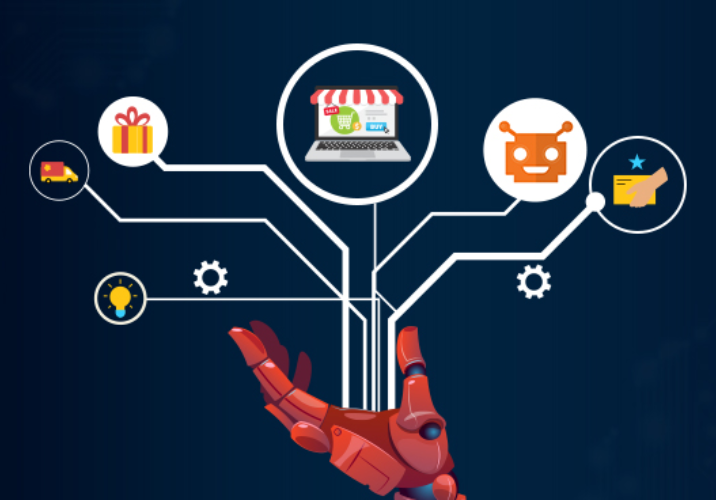
AI not only excels in highly personalized product recommendation, but also evaluates customer behaviors, meticulously predicts what a customer really needs. This is utilized to forecast the potential purchases and designs customized sales strategies based on customer behavior trends.
If your eCommerce store is adopting collaborative filtering that uses previous history and general patterns, AI can be of great help. It upgrades this approach by analyzing a great deal of information, coupled with deep learning, allows for seamless personalization.
2. Advanced semantic search
When it comes to personalization regarding eCommerce and customer support, the peerless candidate is definitely intelligent customer engagement at every point of contact.
One of the key factors of personalization is the ‘search result’. With advanced semantic site search, customers can easily go to the store and find the wanted products, shaving time off browsing through unnecessary results. AI in eCommerce is now able to understand natural language and interpret the human semantics, leading users to relevant results.
To better your search results, you can consider using machine-learning algorithms that interpret a customer’s request. This in turn uncovers the true intention of a query and produces as relevant search results as possible.
eBay, one of the biggest eCommerce marketplaces, claims to be the pioneer in practical machine learning research. It is working to better user experience and product search by using AI in eCommerce. High-tech inventions like Microsoft Cortana also allows people to easily search and discover products that best match the intention of the whole query rather than just the individual words.
3. VA (Virtual Assistant)
Another incredible application of AI in eCommerce is the use of VA, which is virtual assistant. VAs contribute greatly to an effective sales process, as they communicate with customers to understand their wishes and offer them a frictionless shopping experience.
Alexa, Siri, and Google Now are perfect examples of a refined VA nowadays. Some say that VAs are getting old-fashioned and losing their helpfulness. Yet, as newer technological innovations and better options for integration, we can keep the faith that it can still be advanced enormously.
4. Chatbots
Using chatbots might be the ultimate solution to the hassles of customer support teams. Good news for you, modern chatbots are now able to work with customer databases, draw out details of a customer, and consequently respond in the most proper and personalized way at once.
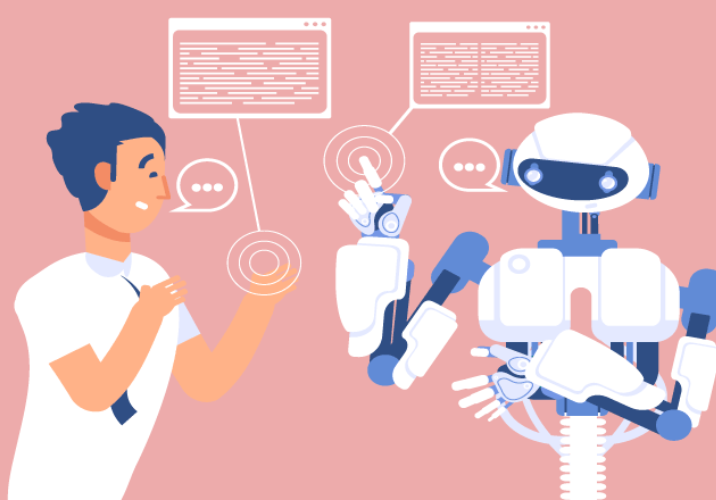
Chatbots are becoming vital as consumer demands rise, which makes customer experience a chief aspect. If your business offers a higher quality of customer experience, you’re more likely to prevent customers from leaving the eCommerce site without buying anything.
5. Cybersecurity improvement
Scores of data on eCommerce websites will be at stake if there isn’t any proper cybersecurity method. Don’t worry, now you can utilize AI data protection effectively. Generally, AI can:
- Detect new threats: Unlike conventional software, AI software gets smarter over time as newer threats and malware arise. Hence, they can quickly identify new cyber-attacks on your website to prevent any possible serious problems caused by them.
- Block out bots: Bots are all over the internet nowadays, and they can be dangerous to data. Bots can steal credentials and generate fake accounts, which entails data fraud. These kinds of attacks are less laborious when using AI in machine learning than manually. With the use of AI in eCommerce, it is easier to tell apart between harmless bots (such as search engine crawlers) and malware bots that will spell trouble for your eCommerce store.
6. Sales prediction
Since the early days of the COVID-19 pandemic, sales prediction and inventory management has proved an essential requirement for every eCommerce business. To avoid any unexpected shortages or out-of-stock cases, you can now utilize AI in eCommerce for sales prediction.
7. Fighting against fake news
Believe it or not, one fake review from your competitor or a bad bot can have enormously negative effect on your brand. However, fake reviews are not always bad. If one of your potential customers finds out a review is fake, it can leave a bad impression on the prospect, and chances are you lose them. According to a statistic, 54% of consumers won’t buy the product if they suspect there are fake reviews on it.

This is why eCommerce store owners need AI. Many eCommerce stores are starting to use artificial intelligence to tackle fake reviews. Amazon has also developed an in-house AI system that identifies fake reviews by examining the review’s characteristics. It also provides prominence to reviews that are made by verified customers and boost their visibility to increase a customer’s trust in the product.
Conclusion
AI is assisting the eCommerce process by bringing order out of the chaos and allowing your eCommerce site to provide consumers with what they want when they want it. Implementing these tools that will enable you to win in those customer moments is critical to your brand’s success in the coming year.
